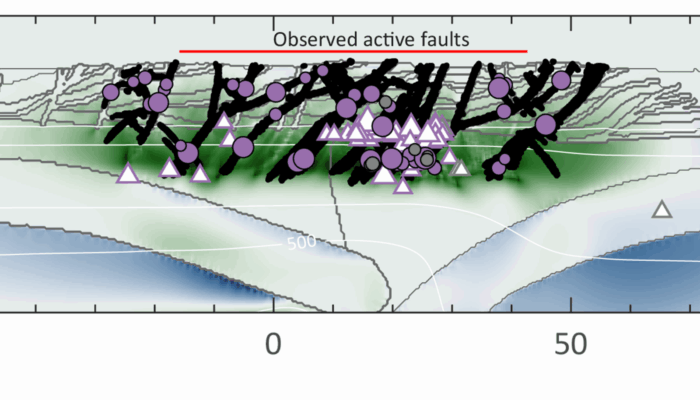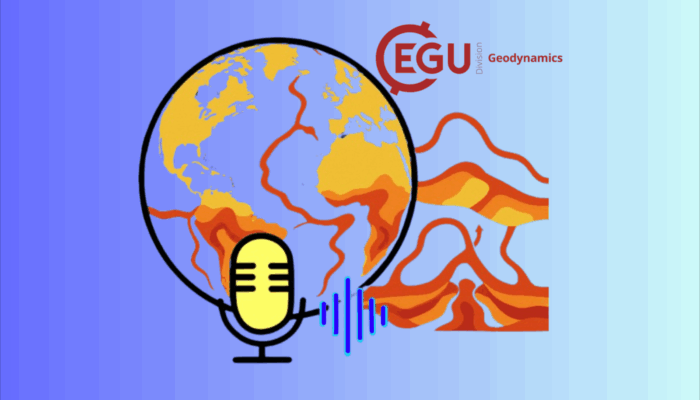Hello there! It’s Constanza and Michaël your GD editors-in-chief once again. End of June marks the 8th anniversary of the blog, so happy birthday to the blog! It’s been some pretty busy weeks of preparation behind the scenes after the EGU General Assembly to bring together the new blog team for the year 2025-2026. We are a team of early career scientists who are very enthusiastic about ...[Read More]
What drives the extensional deformation in the central Apennines (Italy)?
The central Mediterranean is a geodynamically complex region shaped by the interaction of multiple active subduction zones. In Italy, the central Apennines display a distinctive pattern of surface deformation that is proposed to be linked to a slab break-off beneath the area. In this week’s blog post, Maaike, a PhD student at ISTerre in Grenoble, France, explores the key processes driving surface ...[Read More]
Shaping the Future of EGU Geodynamics: A Conversation with the Incoming President
Every leadership transition marks the beginning of a new chapter, bringing fresh perspectives, new priorities and opportunities for growth. This year, the EGU Geodynamics Division warmly welcomes Professor Laetitia Le Pourhiet as its new president. A renowned researcher at the Institut Universitaire de France and Sorbonne Université, Prof. Le Pourhiet steps into the role with a clear vision for th ...[Read More]
The Sassy Scientist – Good day to fight the system academic edition
I’m still recovering from the Glastonbury festival of geosciences. What was the question again? Unrealistic expectations… Ah, wait. Found it. So Amina asks: Why is there an implicit expectation for postdoc mobility? Dear Amina, Why did you have to choose this question? My short answer is, it’s like you are stuck in quicksand. But I know you’re going to ask me WHYYY and expect a real answer. Fine. ...[Read More]




